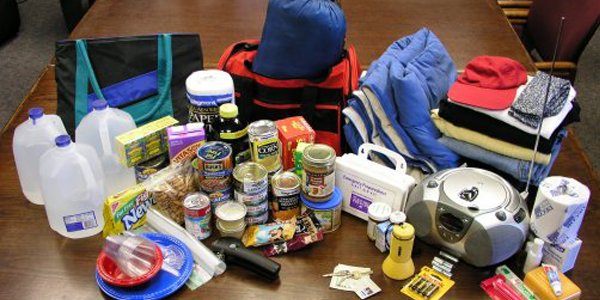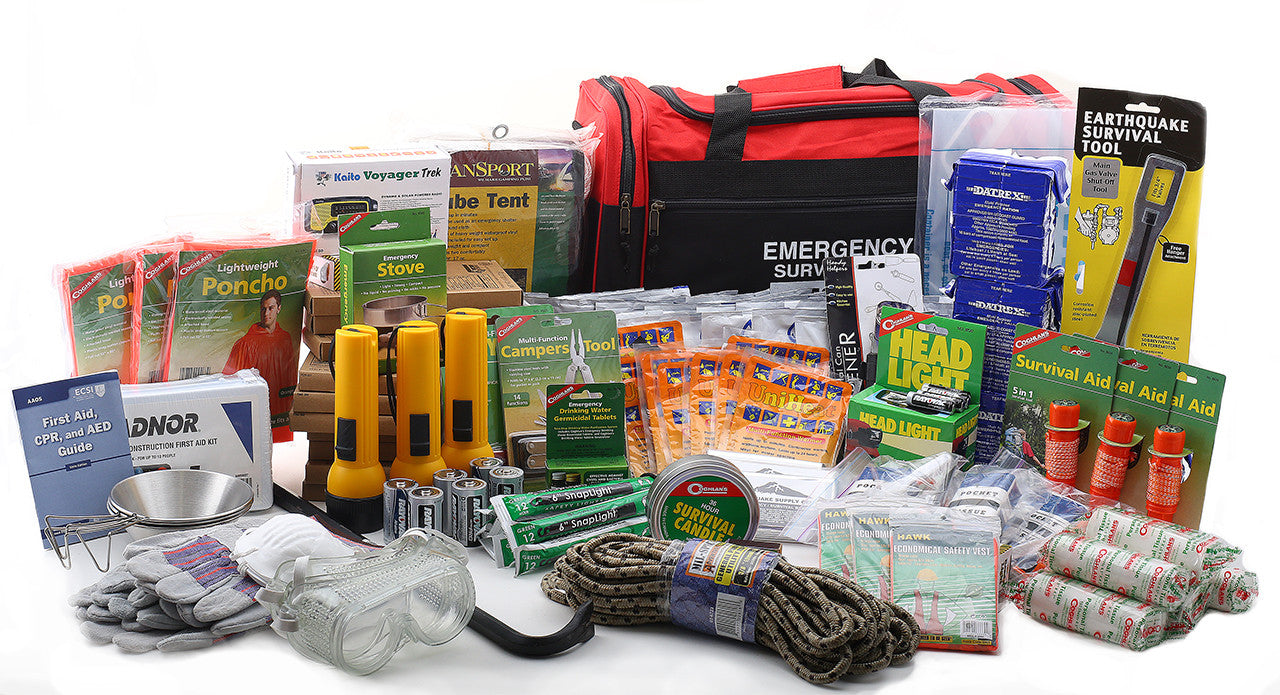Await Anything: Emergency Preparedness Tips for Every Situation
Await Anything: Emergency Preparedness Tips for Every Situation
Blog Article
How to Develop a Comprehensive Emergency Situation Readiness Strategy
In the world of preparedness, developing a comprehensive emergency situation strategy is not merely a job to inspect off a list; it is an important cornerstone of any kind of organization or individual's strength technique. By meticulously crafting a strategy that deals with various facets of emergency administration, including threat evaluation, interaction procedures, source allowance, and strategic decision-making, one can lay a strong foundation for securing lives, operations, and properties.
Value of Emergency Readiness
Emergency preparedness is crucial for alleviating prospective threats and making sure the safety and security of communities and people. In today's globe, where natural catastrophes, public wellness crises, and other emergency situations can strike without warning, being prepared can make a considerable distinction in decreasing the impact of these events. By having a well-balanced emergency situation preparedness plan in location, people and organizations can respond successfully, shield lives, and reduce building damages.
Among the key reasons why emergency preparedness is vital is its duty in conserving lives. Having a strategy that details clear treatments for emptying, communication, and emergency reaction can help people act promptly and emphatically when emergencies occur (next). This can protect against injuries and fatalities by making sure that individuals understand what actions to require to stay risk-free
Furthermore, emergency readiness boosts the resilience of neighborhoods. By cultivating a culture of preparedness and preparation for numerous scenarios, communities can recuperate quicker from calamities and disturbances. This durability is necessary for keeping stability, continuity of operations, and general health in the face of adversity.
Assessing Prospective Dangers
Thinking about the relevance of being planned for unexpected events, the preliminary action in creating a reliable emergency situation readiness strategy includes completely examining and examining possible dangers. This evaluation needs a detailed testimonial of all feasible dangers that might impact the organization, thinking about elements such as location, industry, and historic information on occurrences. By determining these risks, organizations can prioritize their readiness initiatives and designate resources efficiently to mitigate one of the most substantial dangers.
Typical dangers that organizations might face include all-natural disasters like earthquakes, hurricanes, or floodings, technological threats such as power blackouts or data violations, in addition to human-caused risks like crashes or deliberate acts of violence. Performing a danger analysis likewise entails thinking about the potential influence of these events on the company's operations, staff members, clients, and reputation. By carrying out an extensive risk analysis, companies can establish customized emergency action plans that resolve their specific vulnerabilities and ensure efficient readiness for any prospective situation.
Creating an Interaction Strategy
Developing a comprehensive and clear interaction strategy is important for effective emergency situation preparedness within organizations. In times of situation, interaction plays an important duty in guaranteeing the safety and security and well-being of workers, stakeholders, and the area. A well-balanced communication plan ought to lay out clear lines of interaction, designate essential workers liable for communication tasks, and establish procedures for distributing details quickly and accurately.
One secret element of producing an interaction strategy is recognizing key and alternate communication channels (EMERGENCY PREPAREDNESS). These can include email, text messaging, phone trees, social networks systems, and public address systems. It is critical to ensure that these channels are dependable, available, and on a regular basis examined to assure their performance throughout emergency situations

Building an Emergency Situation Package
Provided the critical relevance of preparedness in times of situation, an essential part that organizations have to deal with is the facility of an emergency set. When assembling an emergency situation package, it is vital to consider the certain demands and situations of the company. Additionally, companies need to include crucial documents, such as contact listings, insurance policy information, and emergency feedback plans, in waterproof containers within the set.
Developing Discharge Procedures
To guarantee the security and organized evacuation of personnel during emergency situations, companies must develop clear and reliable emptying treatments. Discharge treatments should include a variety of possible circumstances, consisting of fires, all-natural calamities, or various other emergency situations that call for speedy evacuation.

Furthermore, companies should establish a system for accountancy for all employees during an emptying to make certain that everyone has safely exited the facilities. Communication plays a crucial role in discharge treatments, with clear instructions on exactly how to leave and when to do so. Normal evaluation and upgrading of discharge procedures based on comments and altering scenarios are vital to maintaining the efficiency of the plan.
Final Thought
To conclude, creating a thorough emergency situation readiness strategy is vital for ensuring the safety and well-being of individuals in the event of a disaster (EMERGENCY PREPAREDNESS). By assessing potential risks, developing an interaction strategy, developing an emergency set, and establishing evacuation organizations, individuals and treatments can be much better outfitted to react efficiently to emergencies. It is essential to focus on readiness efforts to mitigate the influence of catastrophes and safeguard lives and home
In the world of readiness, creating a detailed emergency situation plan is not simply a job to inspect off a list; it is an important cornerstone of any kind of organization or person's durability strategy. When emergency situations happen, having a strategy that details clear procedures for communication, emergency situation, and emptying action can help individuals act swiftly and emphatically. this contact form. By performing a thorough risk assessment, organizations can develop tailored emergency reaction plans that address their hop over to here particular vulnerabilities and make sure efficient readiness for any type of prospective dilemma
Establishing a clear and detailed interaction plan is vital for efficient emergency preparedness within organizations. By assessing prospective dangers, producing a communication strategy, developing an emergency situation package, and developing discharge treatments, people and organizations can be much better furnished to respond effectively to emergency situations.
Report this page